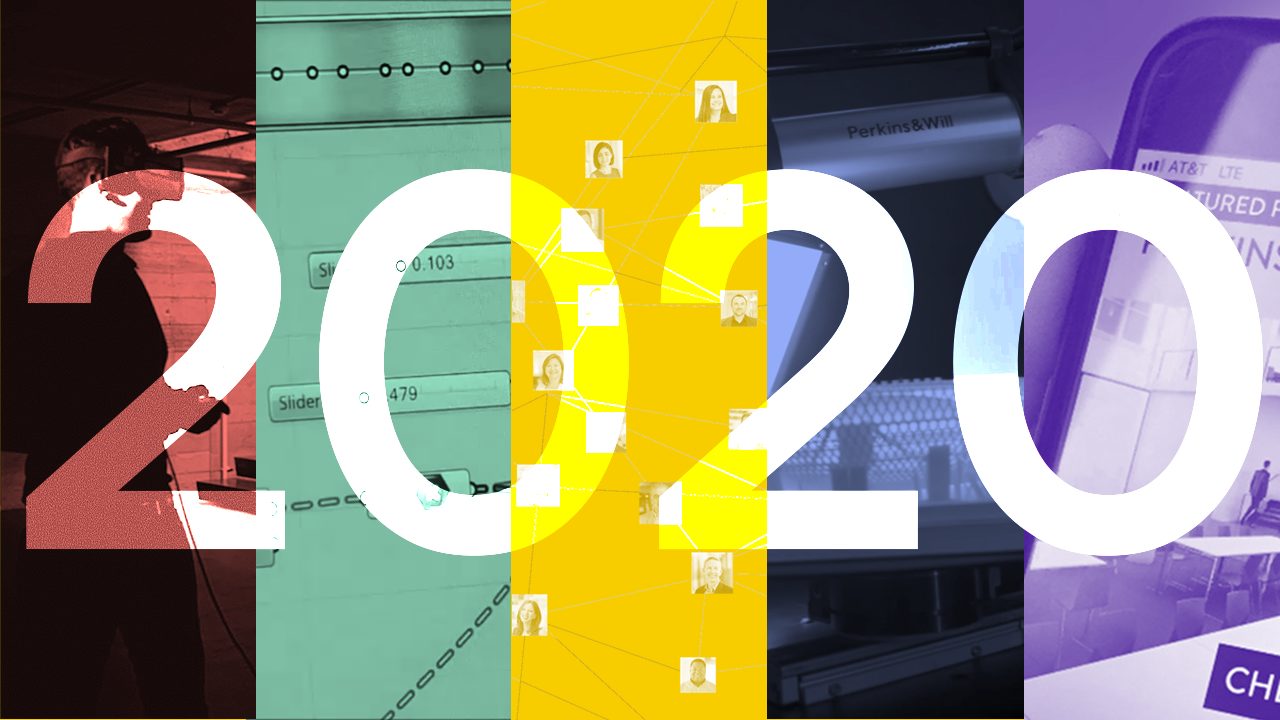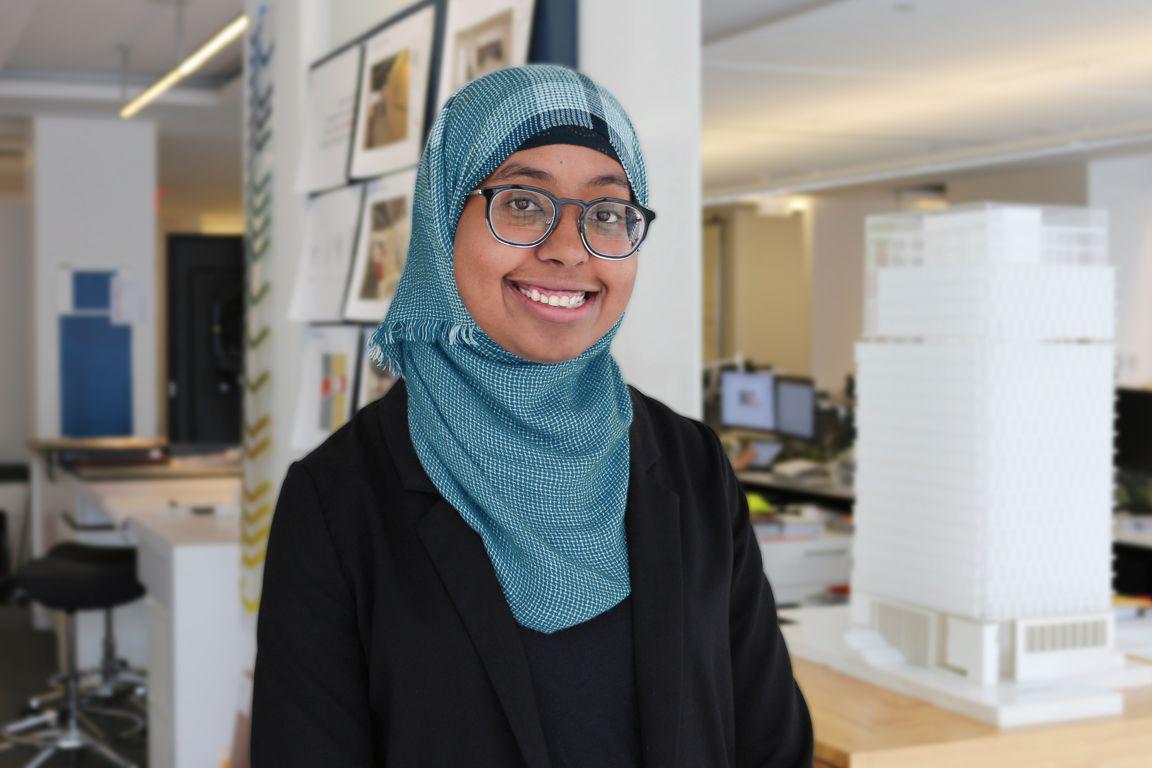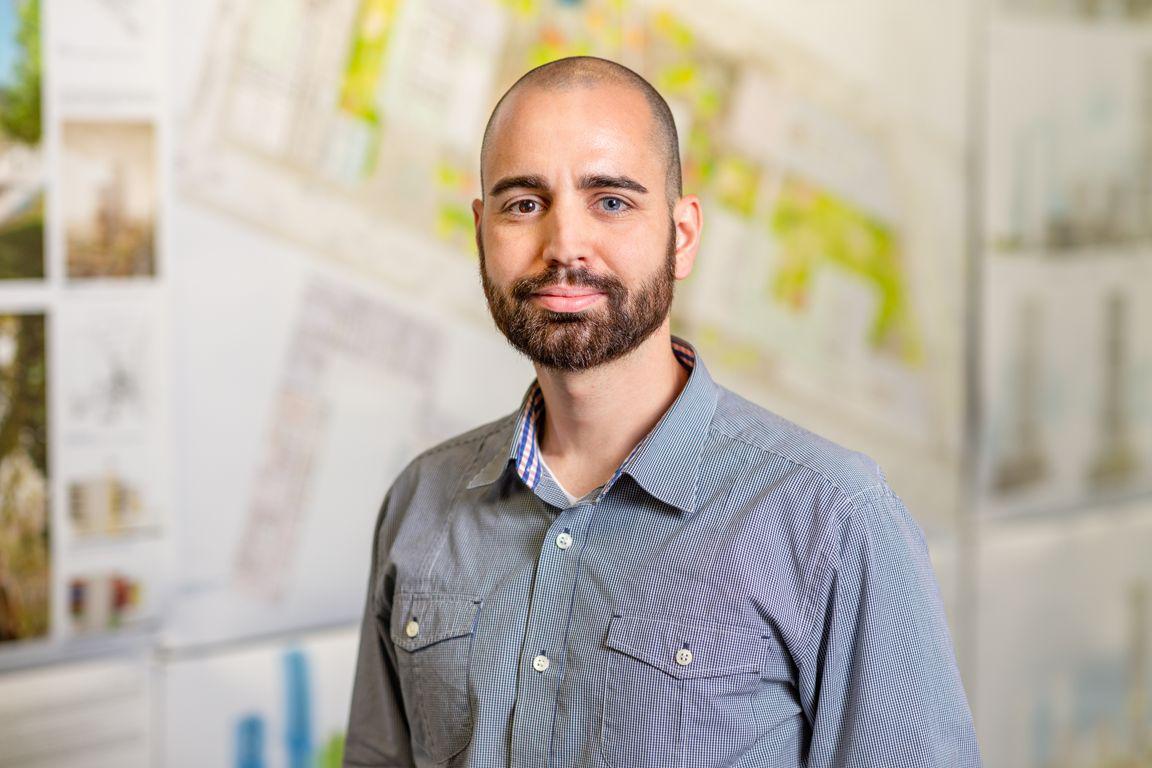As we begin a new decade, we thought it would be interesting to look in retrospect at technology in design over the last ten years and also think about what’s in store for us. In the 2010s, we’ve seen the (re)introduction of Virtual Reality, but probably more importantly the ushering in of “real time “ rendering engines like Enscape and Lumion. The hope of interoperability between modeling tools Rhino and Revit have come a long way and we think it is almost (Who has heard that one before?) there. A lot of discussions over the past ten years have circled around Building Information Modeling “BIM” and still do, but the understanding of design modeling and its limitations has matured. Will the next decade bring the necessary software solutions to finally deliver the model? Computational design was relatively niche back in 2010, but has become mainstream in universities, and now every studio has a handful of designers scripting. What will they craft in the ’20s? The firm has grown, the hardware we use has improved, and the next decade is likely to bring even greater improvements. So, will we have a return to the leaps and bounds in technology like the “roaring twenties”; let’s see what may be to come:
















